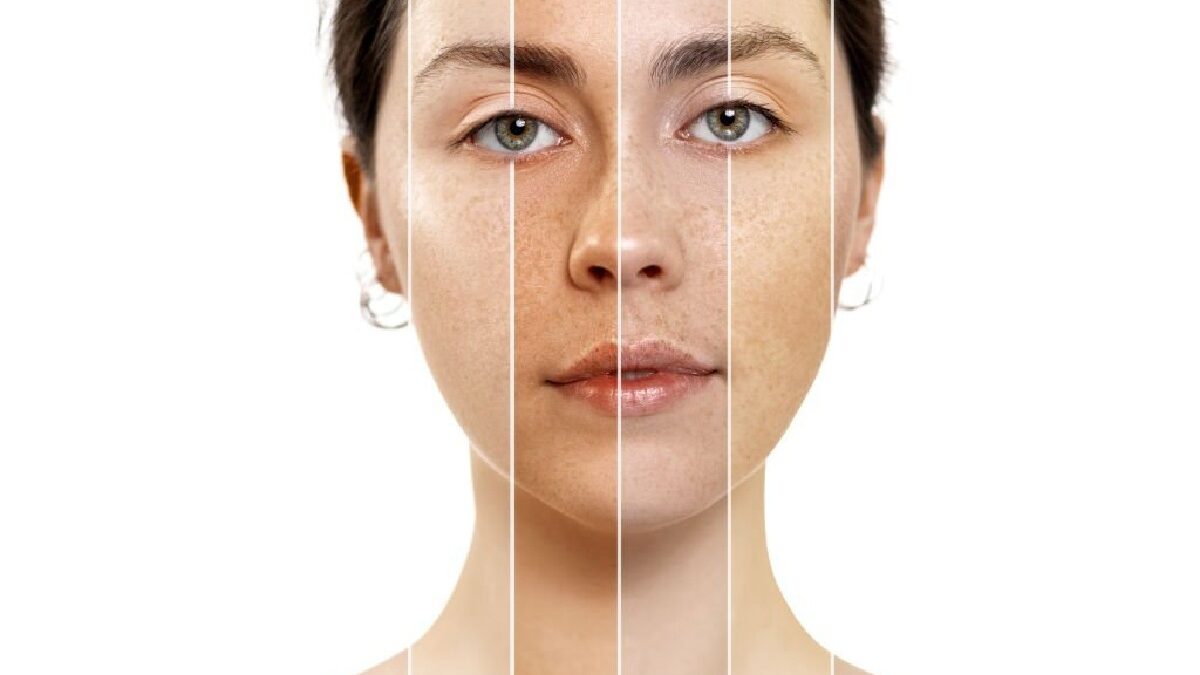Why humans have different skin colors – In these times of globalization, mass immigration and cultural integration, you don’t have to be in New York or London to run into people of different skin colours on every corner. In practically any western city, it is possible to enjoy the great variety of ethnic groups with which evolution has gifted the world, from the palest Scandinavian to the almost blue-black of a sub-Saharan family, going through a good number of shades of brown of Arabs or Latin Americans.
All humans and all descendants of the same woman who lived in Africa almost 200,000 years ago. But how did the descendants of the same person end up so different in appearance? The answer was given to us by natural selection and evolution.
The skin is of different colours, but the rest is the same.
The difference in the colour of the skin, hair and eyes of humans has to do with the present, to a greater or lesser extent, of a substance called melanin, produced primarily in the epidermis, just below the outer skin. Melanin is a pigment, a dye that colours the skin that contains it; depending on its abundance, the colour: more melanin = darker skin; less melanin = lighter skin.
But dyeing is not the only function of this substance since melanin also protects humans (and other animals) from ultraviolet radiation
from the Sun, which can cause damage such as melanomas, and skin cancer, and stop the production of folic acid, so crucial for embryonic development, that is, of babies in the womb. o be exact, two types of melanin produce different shades: pheomelanin, which is red and yellow and is present in light skin tones, and eumelanin, from dark brown to black and made by those with darker skin. But more than the type of melanin produced by each individual, it is the size and number of producing cells (melanocytes) that control skin colour.
Africa and melanin
For the first humans who existed in the hot and sunny lands of Africa, melanin was great because it protected them from ultraviolet radiation. For this reason, their dark skin was an advantage (a pale face like those that now invade the beaches from southern Spain, for example, would not have survived in such conditions).
But that advantage ceased to exist when migration took our ancestors to higher latitudes in the thick forests and cloudy skies of northern Asia and Europe. The problem is that the human body needs a minimum of Sun, especially to synthesize vitamin D. When the first tribes reached the Siberian steppes, their brown skins rejected the little Sun they received, producing less and less of this vitamin.
disease = natural selection
The lack of this additive increased diseases, especially rickets, which mainly affects bone growth, and other disorders such as osteoporosis in adulthood.
Little by little, humans who, due to mutations or characteristics related to the parents’ genes, had a lower presence of melanin. Those with lighter skin adapted better to areas with less Sun and proliferated. , slowly relegating those with darker skin.
In other words, clearer skin equals more vitamin D equals more health equals more babies; darker skin, less vitamin D, less health, fewer babies. After thousands of years, the geographical distribution of the population marked the appearance of an incredible variety of tones, helped, of course, by mating men and women with different skin colours.
Ultraviolet radiation and skin colours
There is a direct correlation between the geographical distribution of ultraviolet radiation (UVR) and the distribution of pigmentation in the skin. Those areas with higher UVR tend to be populated by people with more pigmentation and darker skin, while areas with lower UVR, further from the tropics and closer to the poles, show lighter skin.
Of course, today, many of the factors that made life difficult for dark-skinned humans at high latitudes have been diminished in effect, not just because of increased radiation protection but also because vitamin D can obtain from other sources.
As you can see, the colour of your skin is an evolutionary adaptation to survive in areas with more or less solar radiation and not a racial, cultural or ethnic differentiation with marked intellectual or physical capacities. The same happens with other physical characteristics in the various ethnic groups, such as hair type and even bodily complexion, which are only adaptations to the environment. Unfortunately, some humans still think otherwise.

